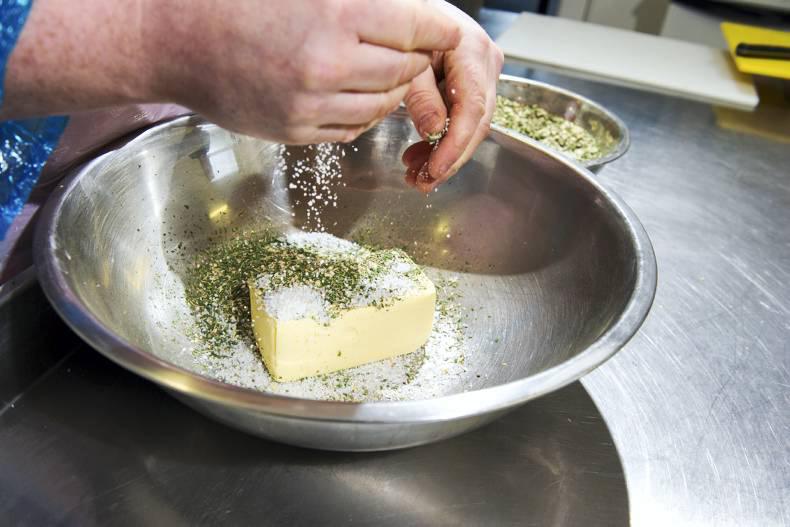The US economist made the comments in the course of an interview with US agricultural news site Brownfield.
Setting the scene at the beginning of the interview, Vitaliano said “the world market is totally oversupplied with milk” and “prices are at very very low levels”.
He added that prices are going to remain depressed for quite some time.
“Farmers need to be prepared to weather a long span of prices not being what you had hoped for,” he said. “The fundamentals are still relatively weak with the one bright spot being US consumption of cheese and milk fat, which has allowed US farmers to receive relatively higher prices than European and New Zealand farmers.”
Because the US exports less cheese and butter than other countries, Vitaliano said that the US domestic market is able to maintain higher prices for those products than the world market.
Strong domestic price
However, the strong domestic price of butter and cheese has encouraged increased milking among US farmers, says the economist. “So, in the last month or two, milk production in the US is showing signs of increasing and that’s going to weaken those relatively stronger domestic prices,” Vitaliano added.
Butter is the major driver at the moment, according to the economist.
“With milk powder and whey prices on the floor and cheese prices being so-so, farmers’ milk cheques are being much more heavily influenced by butter prices right now than they have been historically,” he said. “And so what is happening to butter is going to be very important to the milk price outlook.”
He added that any weakening of butter prices weaken will have a fairly substantial impact on milk prices, whereas non-fat dry milk prices and dried whey prices are about as low as they are going to get because they are driven by the world market and can only rise, albeit very slowly. "Butter is the big wildcard," he said.
As for the future of powder and whey prices, Vitaliano said those prices are going to stay low for quite some time – “probably for at least another year because the oversupply situation, particularly from European milk producers, is very very large and is showing no signs of turning around”.
Related stories
Dairy trends: prices continue to struggle for traction
EU average milk price falls by almost 8% for February 2016
Glanbia holds milk price for April
The US economist made the comments in the course of an interview with US agricultural news site Brownfield.
Setting the scene at the beginning of the interview, Vitaliano said “the world market is totally oversupplied with milk” and “prices are at very very low levels”.
He added that prices are going to remain depressed for quite some time.
“Farmers need to be prepared to weather a long span of prices not being what you had hoped for,” he said. “The fundamentals are still relatively weak with the one bright spot being US consumption of cheese and milk fat, which has allowed US farmers to receive relatively higher prices than European and New Zealand farmers.”
Because the US exports less cheese and butter than other countries, Vitaliano said that the US domestic market is able to maintain higher prices for those products than the world market.
Strong domestic price
However, the strong domestic price of butter and cheese has encouraged increased milking among US farmers, says the economist. “So, in the last month or two, milk production in the US is showing signs of increasing and that’s going to weaken those relatively stronger domestic prices,” Vitaliano added.
Butter is the major driver at the moment, according to the economist.
“With milk powder and whey prices on the floor and cheese prices being so-so, farmers’ milk cheques are being much more heavily influenced by butter prices right now than they have been historically,” he said. “And so what is happening to butter is going to be very important to the milk price outlook.”
He added that any weakening of butter prices weaken will have a fairly substantial impact on milk prices, whereas non-fat dry milk prices and dried whey prices are about as low as they are going to get because they are driven by the world market and can only rise, albeit very slowly. "Butter is the big wildcard," he said.
As for the future of powder and whey prices, Vitaliano said those prices are going to stay low for quite some time – “probably for at least another year because the oversupply situation, particularly from European milk producers, is very very large and is showing no signs of turning around”.
Related stories
Dairy trends: prices continue to struggle for traction
EU average milk price falls by almost 8% for February 2016
Glanbia holds milk price for April






 This is a subscriber-only article
This is a subscriber-only article











SHARING OPTIONS: